1. Whole Wheat Bread
You are what you eat, but do you really know what’s in the food you consume? The food industry is filled with twists, turns, and some downright nasty facts, so we scoured the internet to find data from leading professionals in the various food industries to uncover what goes into your food.
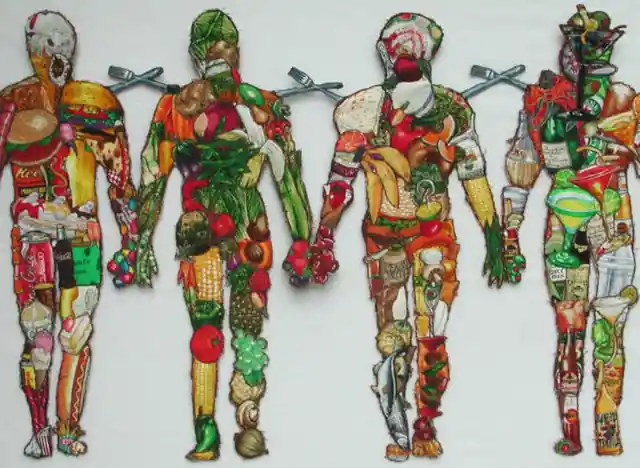
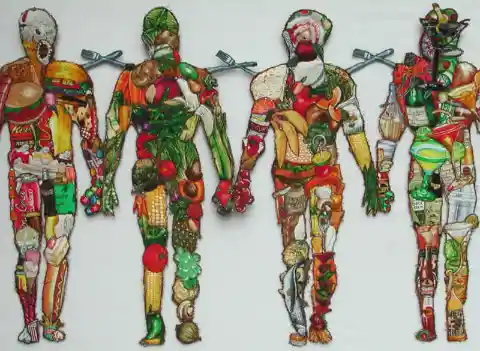
And let’s just say that by the end of this article you might want to make some dietary changes. Let’s take a look at 20 foods you should NEVER eat.
William Davis, MD, creator of Wheat Belly 10-Day Detox Modern Wheat is nothing like it used to be. Due to heavily genetic modification during the 60s and 70s to produce greater yields, wheat as we know it today has triggered all sorts of health problems, such as celiac disease, inflammatory bowel disease, acid reflux, and some cases of asthma.
2. Non-Dairy Coffee Creamer
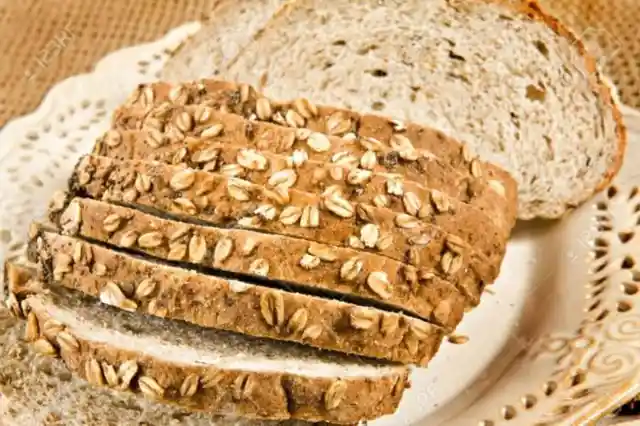
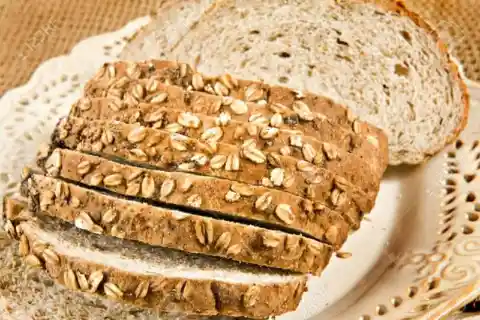
While not everyone has a wheat intolerance, we recommend trying a wheat fast for a couple weeks to see how you feel. Wheat is starting to go the way of milk; more and more people are being born with intolerances to gluten (the sugar molecules in wheat) as well with intolerances to lactose (the sugar molecules in milk).
Will Clower, PhD, author of Eat Chocolate, Lose Weight Fake creamers are full of nasty, hard to pronounce ingredients that have no place being in your body. They are chock-full of high-fructose corn syrup, hydrogenated oils, artificial flavors, and ingredients that really shouldn’t exist in nature for any reason.
3. Grape Jelly
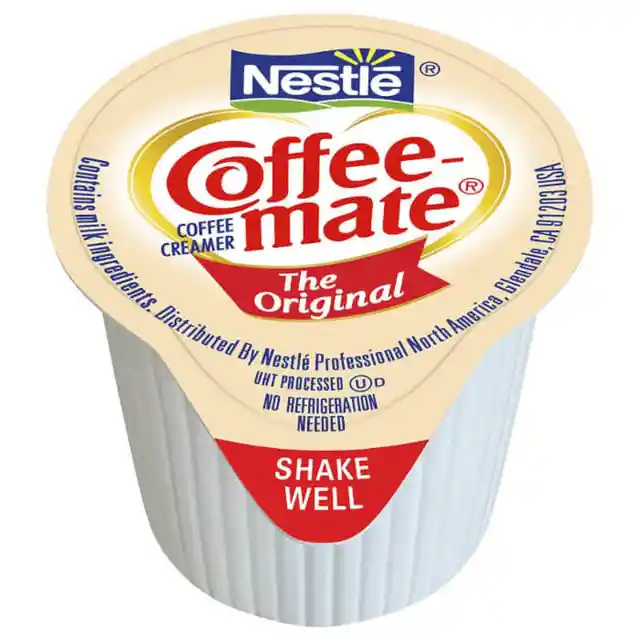
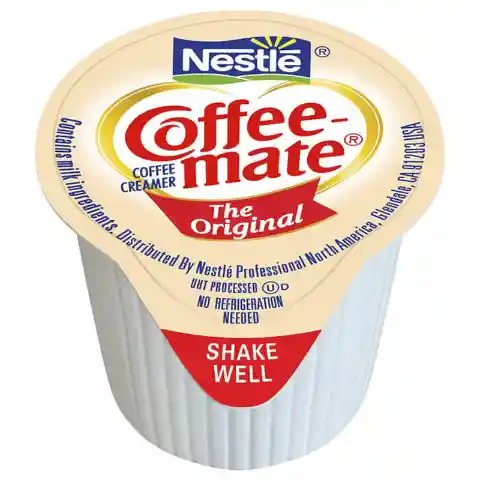
If you really want that splash of silky smooth in your coffee, opt for organic cream from grass-fed cows, or take it a step further and opt for any of the non-dairy natural milks (almond, soy, coconut, etc).
Ellen Gustafson, author of We the Eaters Concord Grapes are delicious and fantastic for you, but unfortunately more than 80% of Americans consume their grapes within jellies and jams. And as you guessed it, the grape jelly you get in the little packets along with the ketchup and mustard is terrible for you. Laden with high fructose corn syrup, sugar, and artificial flavors, the grape jelly as you know it is more akin to “grape flavored jelly”.
4. Diet Soda
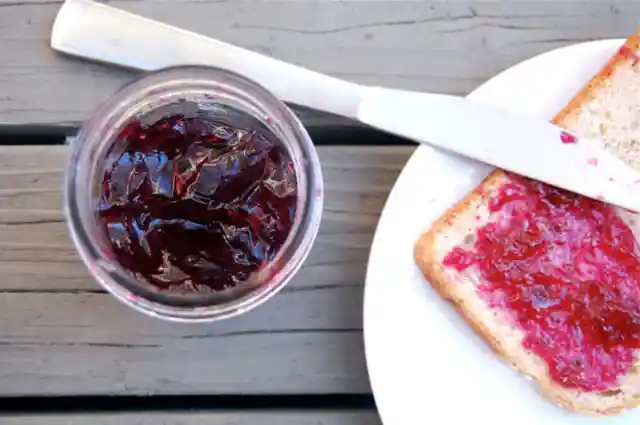
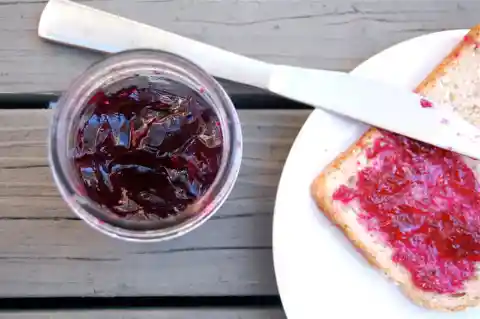
Your best bet to get your jelly fix is to opt for real fruit mixed with honey, apple butter, or make sure to find jelly that is made with 100% organic fruit. Your jelly should really only have one or 2 ingredients.
Isaac Eliaz, MD, founder of Amitabha Medical Clinic and Healing Center Diet sodas and foods, sugar free candies, and gum are usually filled with artificial sweeteners such as sucralose, aspartame, acesulfame K, and neotame, among others.
"Independent research strongly suggests that when metabolized in the body, these sweeteners can cause health-related issues and problems related to metabolism and weight gain, neurological diseases, joint pain, digestive problems, headaches, depression, inflammatory bowel disease, chemical toxicity, and cancer, among others.", Dr. Eliaz warns.
5. Canned Tomatoes
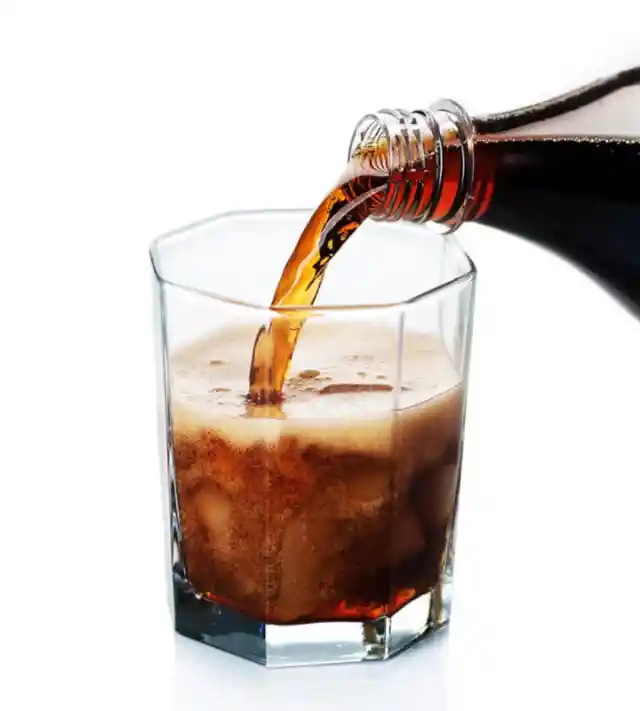
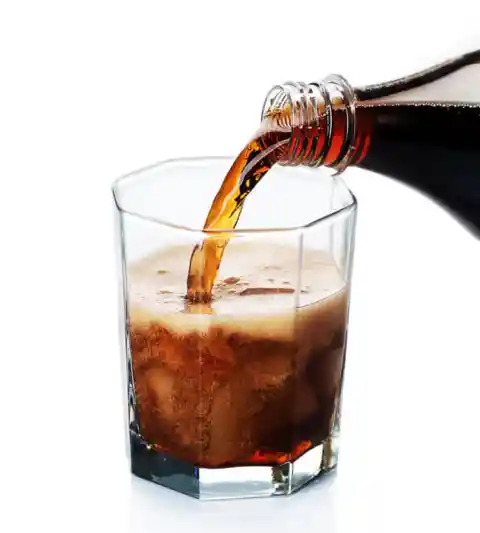
Soda is notoriously bad for you on it’s own, but diet soda is surprisingly worse. If you want to grab something sweet and bubbly, try brewing your own bubbly fermented tea or grab for a kombucha.
Frederick vom Saal, PhD, professor of biological sciences, University of Missouri at Columbia The linings of tin cans contain bisphenol-A, better known as BPA, a synthetic erstrogen that has been linked to reproductive problems, heart disease, and obesity. "You can get 50 micrograms of BPA per liter out of a tomato can, and that's a level that is going to impact people, particularly the young," says vom Saal.
6. Sprouts
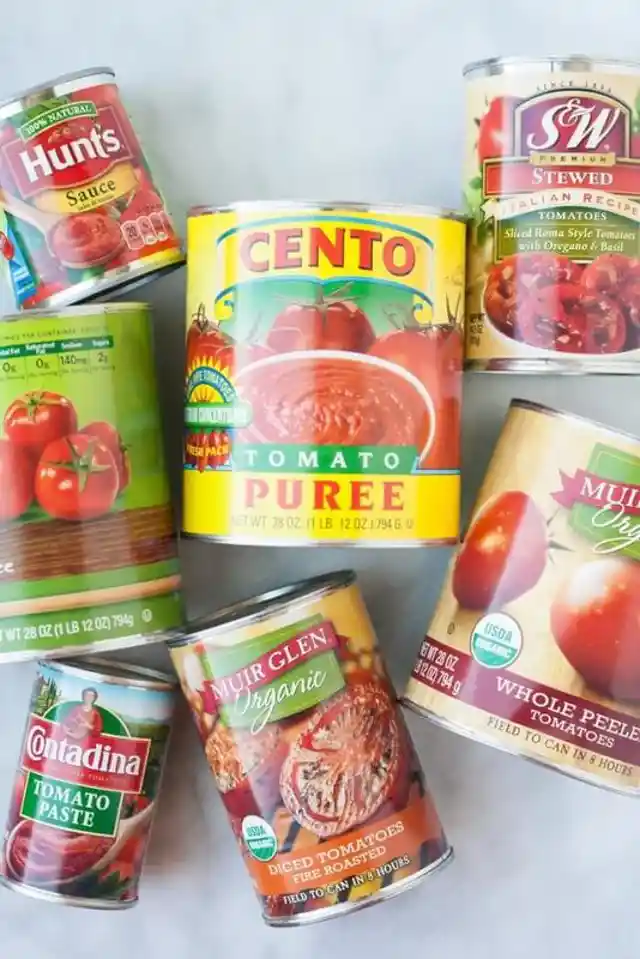
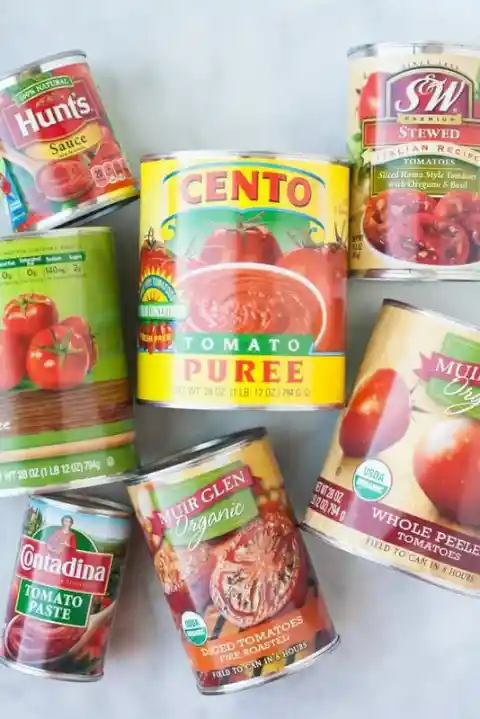
If you’re need to consume packaged tomatoes, try buying ones contained in glass jars or Tetra Pak boxes. But if you can fresh tomatoes, that is obviously better.
Douglas Powell, PhD, food safety consultant, barfblog.com Sprouts have been the source or so many food recalls, it’s not even funny. Often sprouts harbor salmonella, E. coli, or Listeria due to the moist and warm conditions sprouts require to grow and thrive.
7. Chicken Wings
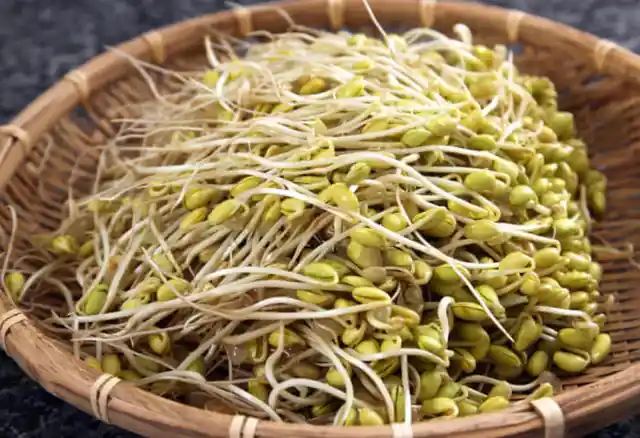
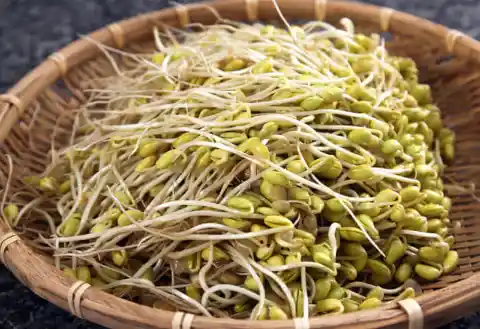
If you are looking to an alternative to sprouts, try shredding cabbage or carrots. And if you REALLY can’t be without your sprouts, please cook them first.
Tasneem Bhatia, MD, author of What Doctors Eat Not that anyone thought that fried chicken wings were “healthy”, most people don’t realize just how bad this game-day snack is for you: A single chicken wing has roughly 80 calories and 5 grams of fat. And while that doesn’t sound so bad, the average amount consumed in one sitting is 10 wings, so you’re looking at a snack with 800 calories and 50 grams of fat!
8. Non-organic Strawberries
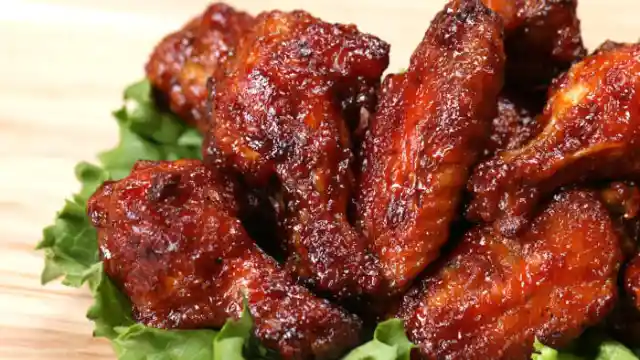
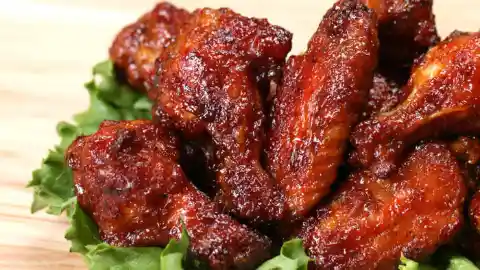
If you’re like me and can’t live without your wings, try grilling or baking them instead. Also be cautious with your sauces as well: Buffalo sauce is generally 30% hot sauce, 70% butter.
Robert Kenner, director of Food, Inc. While filming Food Inc., Kenner says he wanted to film strawberry farmers applying pesticides to their fields. "The workers wear these suits to protect themselves from the dozens and dozens of known dangerous pesticides applied to strawberries," he says. "When I saw this, I thought to myself, if this is how berries are grown, I don't really want to eat them anymore.
9. Butter-flavored Popcorn
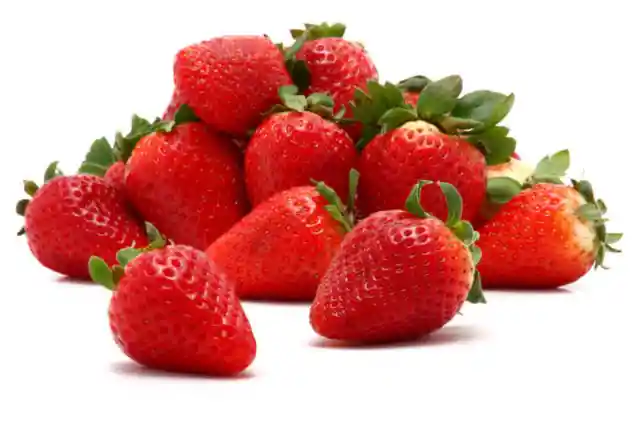
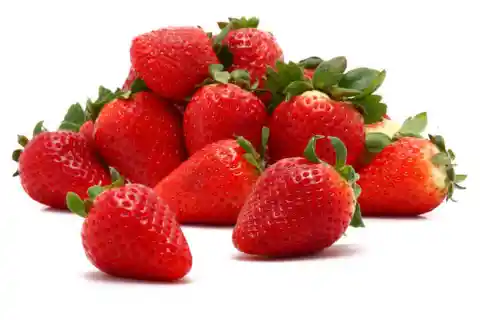
I haven't been able to eat a non-organic strawberry ever since." With that being said, an easy solution is to opt for organic! The organic certification is the most important on field-grown foods such as strawberries and blueberries because the organic certification ensures that only natural pesticides that aren’t harmful to humans were used in production.
Alexandra Scranton, director of science and research at Women’s Voices for the Earth Diacetyl is used in a lot of fake butter flavorings, despite the fact that the chemical is so harmful to factory workers that it's known to cause an occupational disease called "popcorn lung," Scranton says. After news of the chemical got out to the popcorn-eating public, companies started replacing diacetyl with another additive—which can actually turn into diacetyl under certain conditions, she adds. Neither chemical is disclosed on microwave-popcorn bags because the exact formulations of flavorings are considered trade secrets. "It's a classic example of the need for better chemical regulation and improved transparency on the chemicals used in our food and other household products," she says.
10. Farmed Salmon
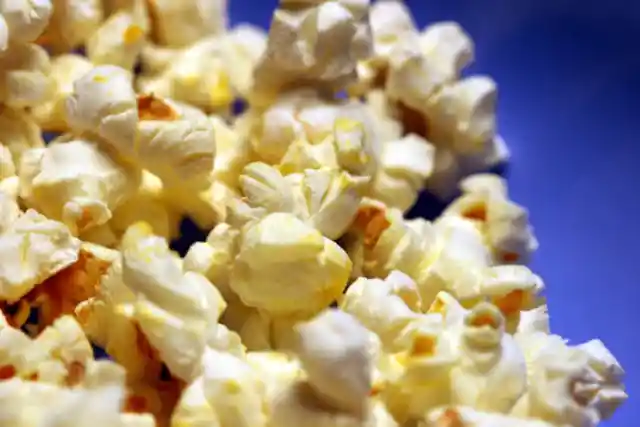
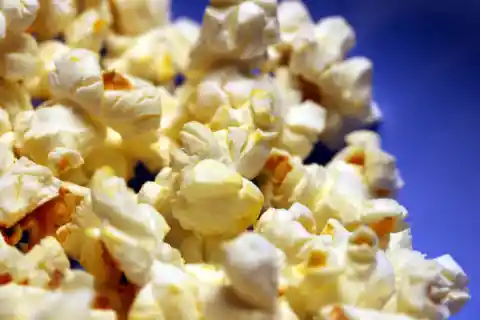
An easy solution is to buy your own kernels in bulk and cook them in a pot with real butter. Or take the easier route and put a handful of kernels into a brown paper bag and pop them like you would microwave popcorn. After they are popped, pour some melted butter into a bowl with the popped kernels and toss.
Margaret I. Cuomo, MD, author of A World Without Cancer Fish is naturally low in saturated fat, and some types, like salmon, are also high in omega-3 fat, reducing the risk of stroke and heart attack and inflammation throughout the body. While Americans need to eat more seafood and less red meat, some fish such as farmed salmon are contaminated with carcinogenic chemicals such as PCBs (polychlorinated biphenyls), pesticides (including dieldrin and toxaphene) and antibiotics," she says.
11. Margarine
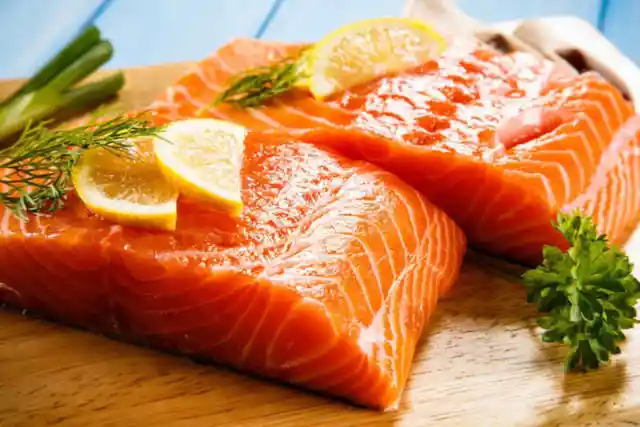
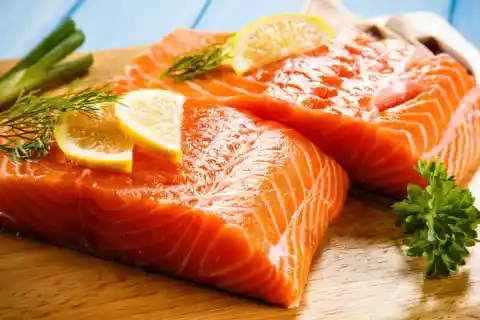
And unlike wild salmon, farmed salmon are fed a mixture of other fish ground into fishmeal and fish oil, and they concentrate more toxins in their fat tissue than do other fish, Dr. Cuomo notes. Your solution is to choose wild-caught salmon over farmed.
Dave Asprey, author of The Bulletproof Diet "If you could pick one type of fat that would destroy your performance, decrease your brain function, damage your health, and shorten your life, it would have to be margarine and other trans fats," Asprey says. "They lower your HDL cholesterol and increase your risk of heart disease, increase your triglyceride levels, and damage your arteries and your heart." Not only that, but the inflammatory fats found in margarine impact brain function through inflammation.
12. Gummy Vitamins


Instead of margarine, choose natural fats like ghee, avacado oil, coconut oil, or grass-fed butter.
Mark Moyad, MD, MPH, author of The Supplement Handbook Candy vitamins? Sounds too good to be true, right? It’s because it is. And while each serving is usually 15 calories and 1 or 2 grams of sugar, taken every day that translates into about 6 cups of sugar per year.
13. Artificial Sweeteners
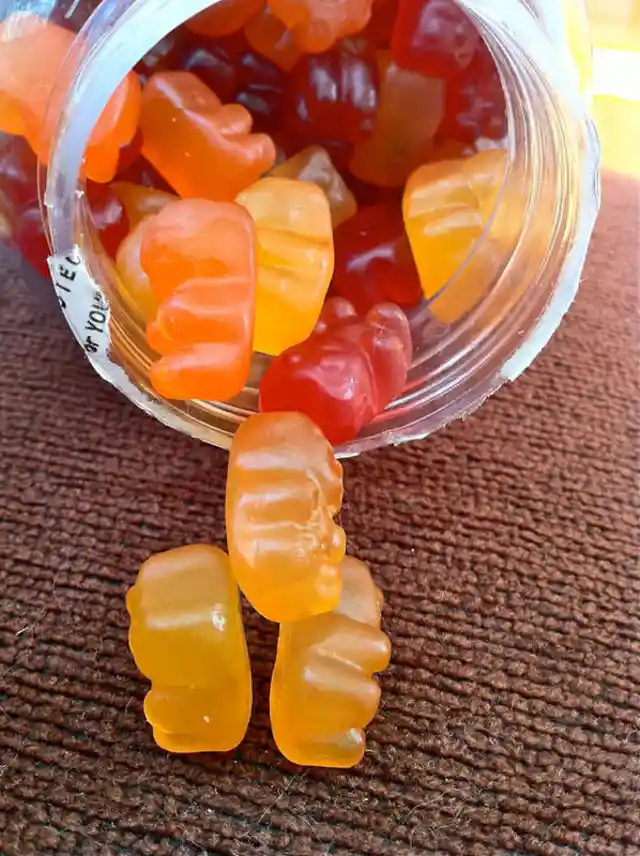
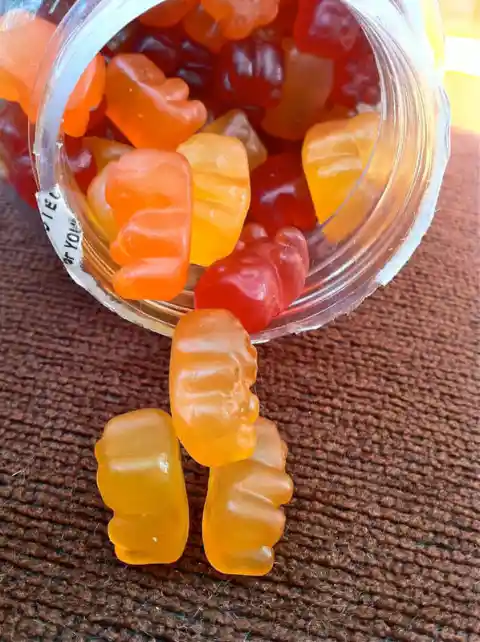
Gummies usually contain artificial dyes and sugars as well, as well as carmine and pregelatinized cornstarch. Dr. Moyad always recommends to find your nutrition in food first, but if you aren’t getting enough nutrients at the end of the day, liquid multivitamins are your best bet. Just make sure to check the label for artificial ingredients.
Maria Rodale, CEO of Rodale, Inc. and author of Organic Manifesto Ironically, there's a lot of evidence that suggests using artificial sweeteners, which have zero calories, is just as bad for your waistline as using regular, high-calorie sugar. For instance, research from the University of Texas has found that mice fed the artificial sweetener aspartame had higher blood sugar levels (which can cause you to overeat) than mice on an aspartame-free diet.
14. Processed Honey
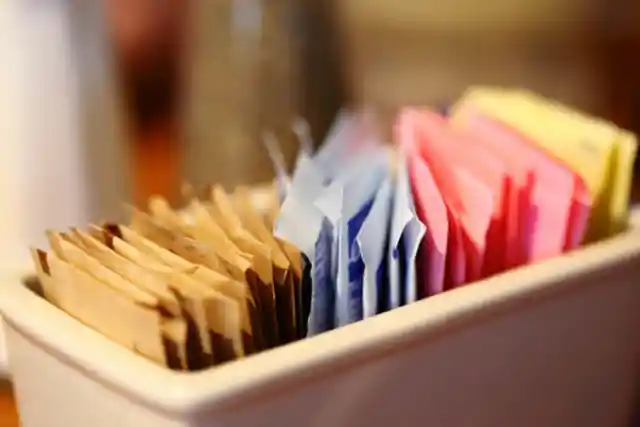

Not only are they bad for your health, but scientists have also detected artificial sweeteners in treated wastewater, posing unknown risks to fish and other marine life. Plus, as Rodale says, "They're unnatural, nonorganic, taste horrible, and lead to all sorts of bad health consequences, false expectations, and short-term strategic thinking."
While refined white sugar isn’t any healthier, you can replace it with smaller amounts of nutrious sweeteners such as natural honey and 100% maple syrup, both which have high levels of vitamins and minerals.
Gerard E. Mullin, MD, author of The Gut Balance Revolution "Refined honey is among the most insidious sweeteners of all time," says Dr. Mullin. The pasteurization process eliminates the health properties of honey, essentially turning it into just another form of sugar. To make things more confusing, research has shown that more than 75 percent of honey has been processed to the point where it isn't even considered honey anymore.
15. Agave
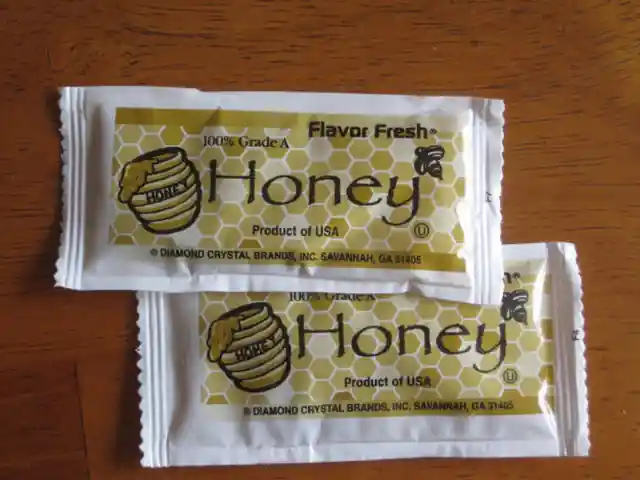
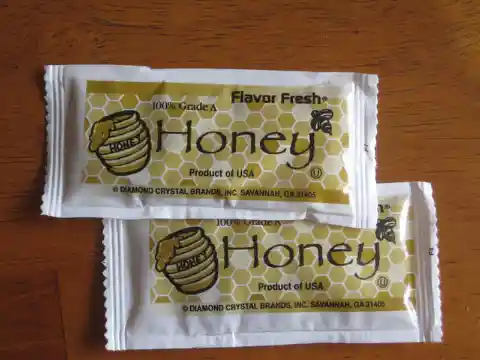
Some honey is even blended with high-fructose corn syrup, additives, and other flavorings. For a healthy alternative, buy raw honey, preferably from your local farmers market. Raw honey has an antibacterial effect on your gut, as well as being great for your skin. Considered a super-food, raw honey can help with everything from allergies, wound healing, bone health, immune-regulation, and diabetes.
Robert Lustig, MD, author of Fat Chance While agave might have been held as the holy alternative to maple syrup, it has a dark secret. While it is technically a low-glycemic food, it actually drives up your blood fructose, which is way worse. "Fructose causes seven times more cell damage than glucose because it binds to cellular proteins seven times faster and releases 100 times the number of oxygen radicals (like hydrogen peroxide, which damages cells)," Dr. Lustig notes.
16. Table Salt
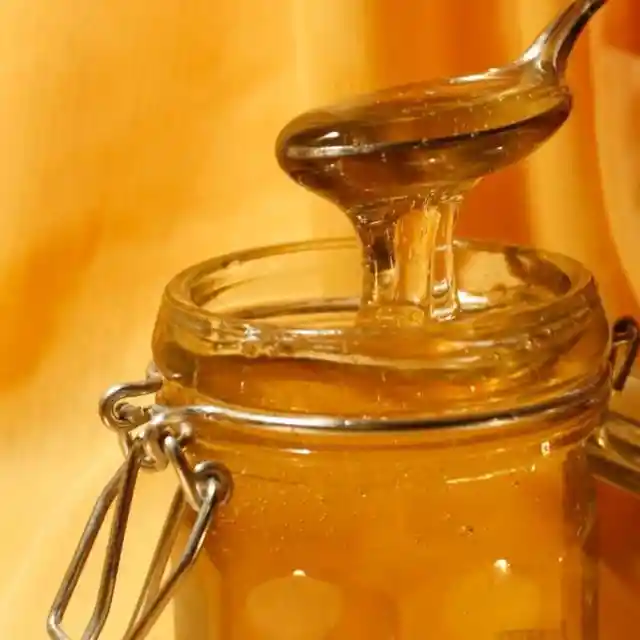
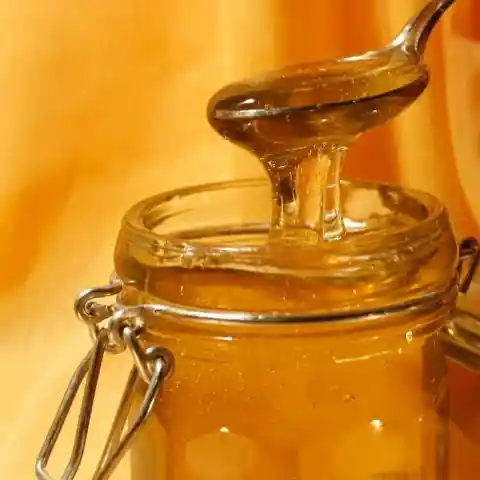
In addition, fructose is turned into fat in the liver, which contributes to the development of metabolic diseases like type 2 diabetes. "Glycemic index is irrelevant; fructose damages your body unrelated to glycemic index. Agave nectar should have a skull and crossbones," Dr. Lustig says.
Josh Axe, DNM, DC, CNS, author of Eat Dirt Table salt starts with good intentions, but due to the heavy processing it goes through, it happens to be one of the worst things to put into your body. During the manufacturing process, the salt is heated to about 1200 degrees, which strips it of all of it’s minerals and completely changes its chemical structure. Then, the naturally-occurring iodine that was destroyed is replaced with potassium iodide, and the salt is stabilized with dextrose, which turns it purple.
17. Bluefin Tuna
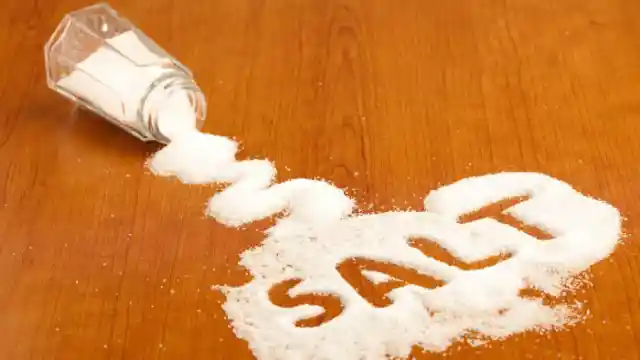
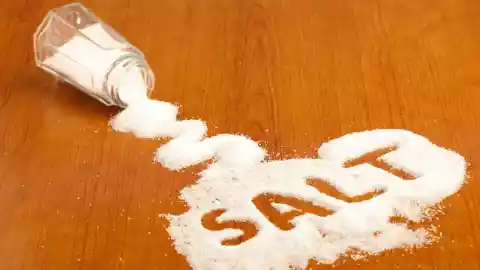
Finally, it is bleached white. For a natural, unprocessed alternative, choose Pink Himalayan or Celtic Sea salt.
Philippe Cousteau, explorer and cofounder of EarthEcho Bluefin tuna is overfished and on the verge of collapse, due to the booming global interest in sushi over the last 10-20 years. Stock of the fish is down to a shocking 96 percent.
18. Shrimp
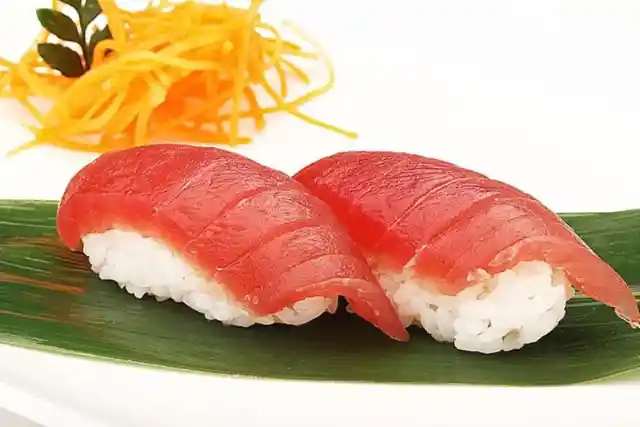
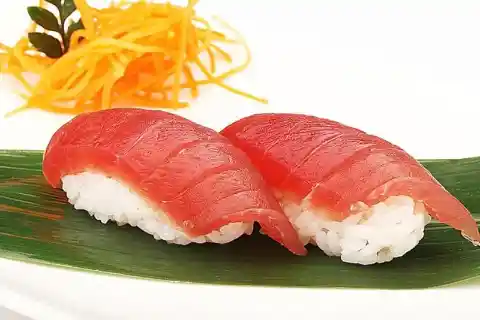
You can still enjoy seafood, but put the effort in and look for sustainable options. To make your life easier, download the Monterey Bay Aquarium’s Seafood Watch app.
Andy Sharpless, CEO of Oceana and author of The Perfect Protein The most popular seafood in the American diet, our taste for shrimp has an astounding environmental impact and potentially threatens our health, too. For each pound of wild shrimp harvested from oceans, there are between three and 10 pounds of bycatch pulled onto the boat deck—including sea turtles and many juvenile fish. Farmed shrimp generally comes from mangrove forests, which have been clear-cut and turned into filthy ponds doused with antibiotics to ward off disease.
19. Foie Gras
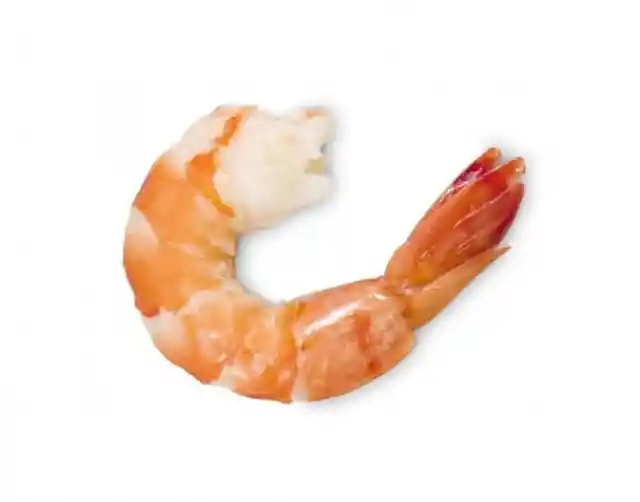
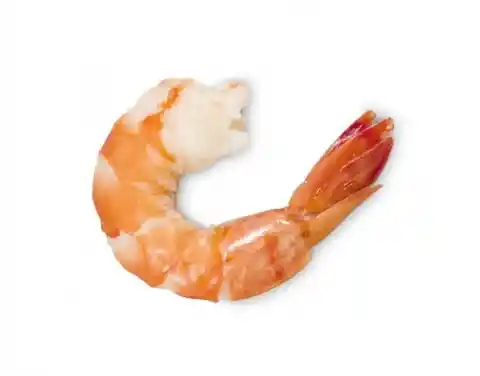
"If you want to be a responsible seafood eater, I'm sorry to say you have to give up shrimp," Sharpless says. When it comes to the best seafood choices, Sharpless says you’re better off eating wild or farmed shellfish like oysters, mussels, and clams, which are filter feeders and help clean the ocean as they grow.
Wayne Pacelle, president of the Humane Society of the United States Foie gras, the fatty liver of a goose, is traditionally thought of as a luxury item, but the inhuman treatment of the animals will make you think twice about this dish. "The way foie gras is produced involves extreme animal cruelty," says Pacelle. The ducks are force-fed three times daily for weeks on end, causing their livers to swell more than 10 times their normal size, leading to diseased organs.


"The feeding makes it difficult for the animals even to walk," Pacelle says. "That's too much cruelty for a mere table treat." If you like the texture of foie gras but hate animal cruelty, try Faux Gras: a healthy lentil-walnut paté.